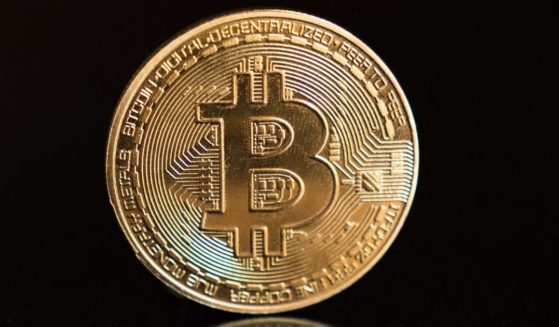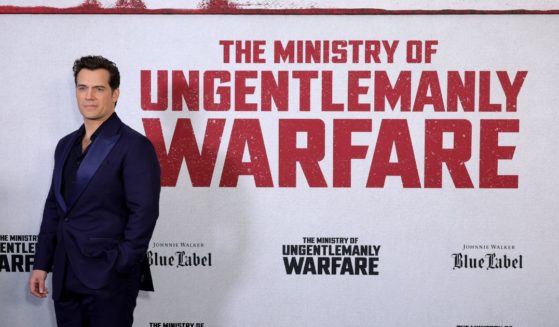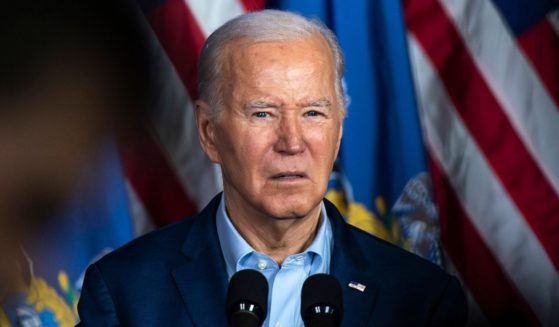'People are in Unbelievable Denial': Marijuana Creating Psychosis Episodes, Sends up to 37 People to ER a Day in San Diego
Reality is proving to be a buzzkill for marijuana advocates, as complications linked to marijuana use are on the rise.
“We’re now counting 37 cannabis-related diagnoses a day,” said Dr. Roneet Lev, an addiction medicine doctor at Scripps Mercy Hospital in San Diego, according to the New York Post.
“It’s been steadily increasing over the years. When I started in the 1990s, there was no such thing. Now I see one to two cases per shift. The most common symptom is psychosis.” Lev said.
Lev said users believe what they are told.
“The whole world is telling them it’s safe,” Lev said. “People are in unbelievable denial.”
One Colorado rehab worker told the Post a similar story about the impact of THC, the active ingredient in marijuana.
“We probably see 20 THC-induced psychoses for every amphetamine-induced psychosis,” Ben Cort, who runs a drug and alcohol treatment center in Colorado, told the newspaper.
One reason for the increase in complications is the increase in potency.
Laura Stack, a Colorado resident whose son committed suicide after being driven into psychosis by years of abuse of products with high THC content, according to the Post, said many adults today are unaware of how strong current cannabis products are.
“When I speak at parent nights at schools, most adults still think it’s like the weed we smoked when we were teens in the ’80s, [which had] between 3 to 5 percent THC per gram of flower,” Stack told the Post. “We never had today’s high-potency concentrates, vapes or edibles.”
The Post report said the strongest marijuana in flower form is about 25 percent THC [tetrahydrocannabinol]. However, it reported, THC smoked out of vape pens can top 90 percent THC.
“There are no caps on potency,” Stack said. “They’re cultivating higher and higher concentrates of THC. You literally can’t buy what you could get in the ’80s and ’90s. Marijuana that mild isn’t around anymore.”
Marijuana can be even more dangerous because it is not considered harmful.
A recent Rasmussen Reports poll found that 57 percent of those responding did not think marijuana is dangerous.
“We know fentanyl is bad. We know meth is bad,” Dr. Libby Stuyt, a retired addiction psychiatrist in Colorado, told the Post. “We don’t know that marijuana is bad.”
“Because it’s allowed to be heavily marketed and advertised as ‘medicine,’ people believe it’s safe,” Stuyt said “It’s the industry, they keep saying it’s not addicting, it doesn’t cause psychosis. This is no different from the tobacco companies when they were saying it doesn’t cause cancer, it’s non-addicting.”
Sarasota, Florida, psychiatrist and sleep doctor Dr. Matthew Edlund agrees.
“The public has been taught by the companies that marijuana is good for depression and anxiety and so they think it’s helpful. But for a large majority of the people I see, it does not help,” he told Sarasota magazine in an interview published last week.
He said potency will keep climbing to keep the customers satisfied.
“Businesses want repeat customers,” Edlund said. “The higher the dose, the more people tend to want it. Businesses want repeat customers, and cannabis is a big, and more importantly, growing business. They’ll make perhaps $11 billion this year. Estimates for 2030 go as high as $30 to $72 billion. If people feel ‘better’ with higher doses, they will want more of a growing product.”
Dr. Daniel Mamah, a psychiatrist at Washington University in St. Louis, Missouri, who runs a local clinic targeting young adults dealing with psychosis, said the connection between marijuana and psychosis is undeniable.
“Very, very often, we have people that come in, and we ask them, ‘When did your symptoms start?’ And they would link it to ‘When I started using weed,’ or ‘When I started to increase my doses,’” he said in St. Louis Post-Dispatch interview published last week.
On Nov. 8, Missouri voters will decide on a referendum that would “remove bans on marijuana sales, consumption and manufacturing for adults 21 and older,” the Post-Dispatch reported.
Doctors like Mamah aren’t so sure.
“With marijuana, there is still a lot to be studied,” Mamah said. “People think it is just this wonder drug that cures all or it’s purely natural. … But the reality is it has risks, different kinds of risks.”
Truth and Accuracy
We are committed to truth and accuracy in all of our journalism. Read our editorial standards.












